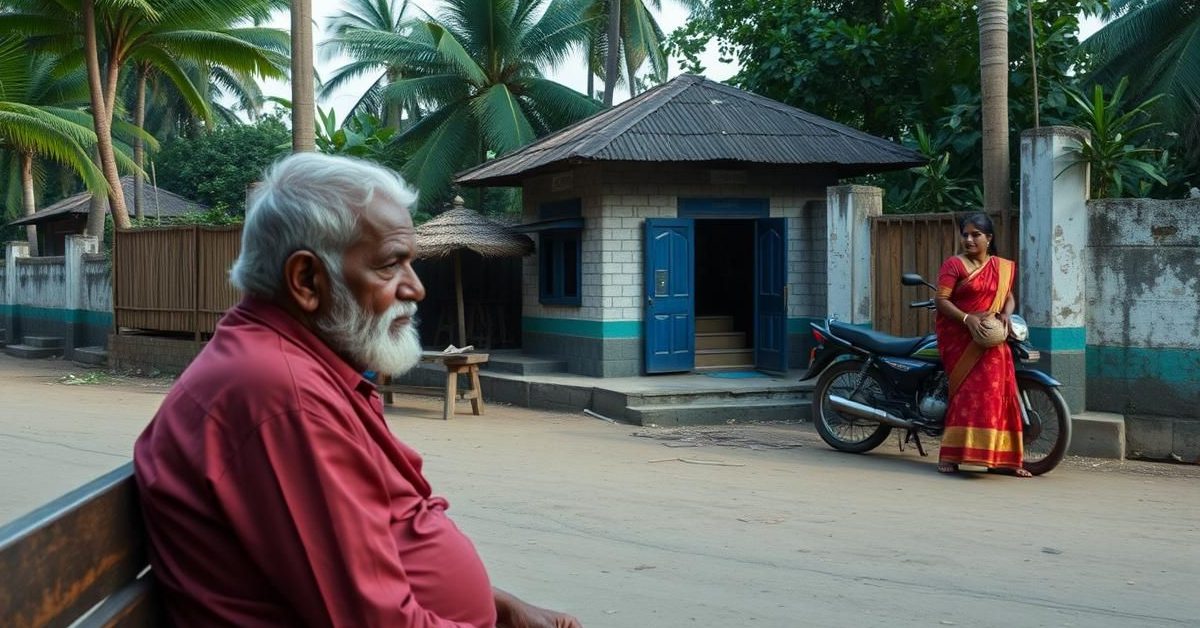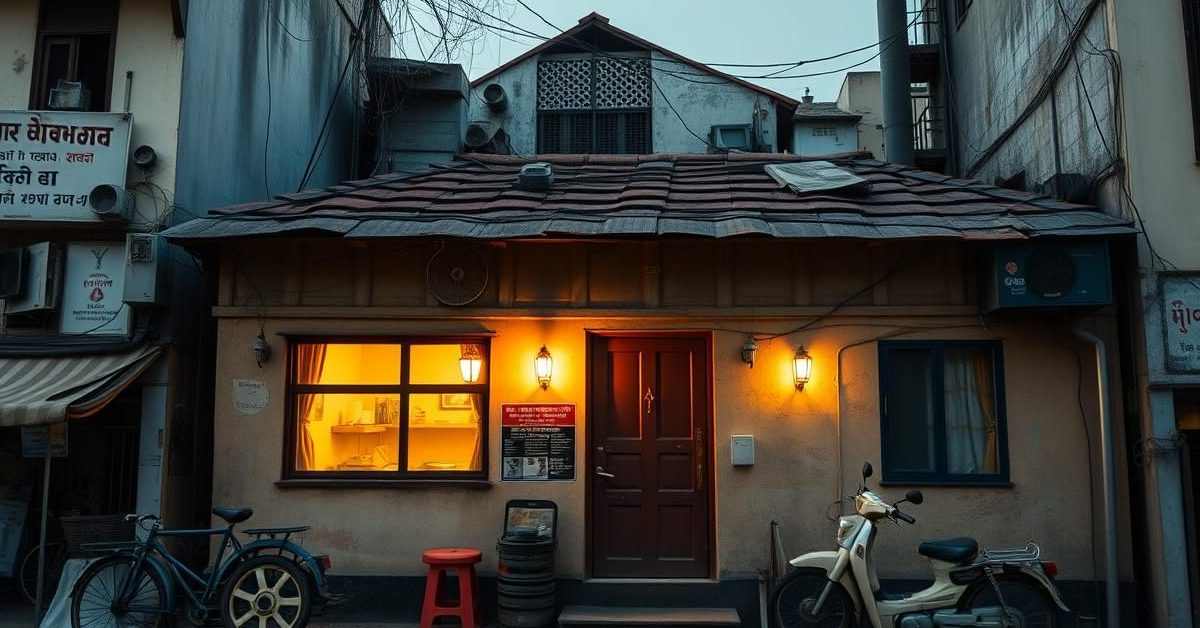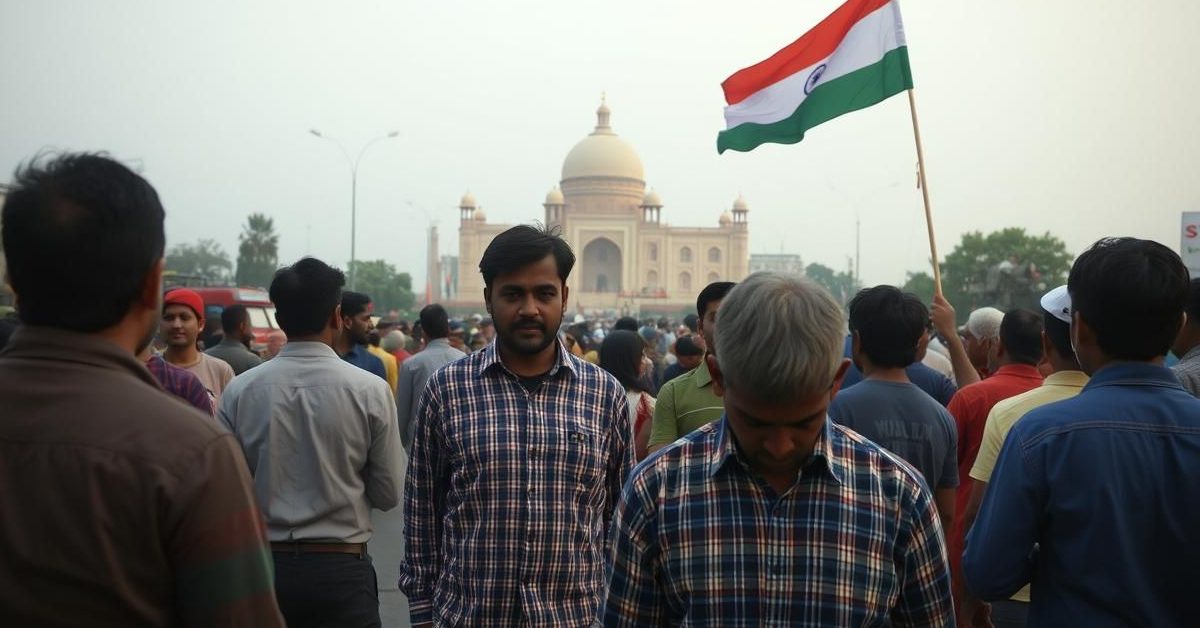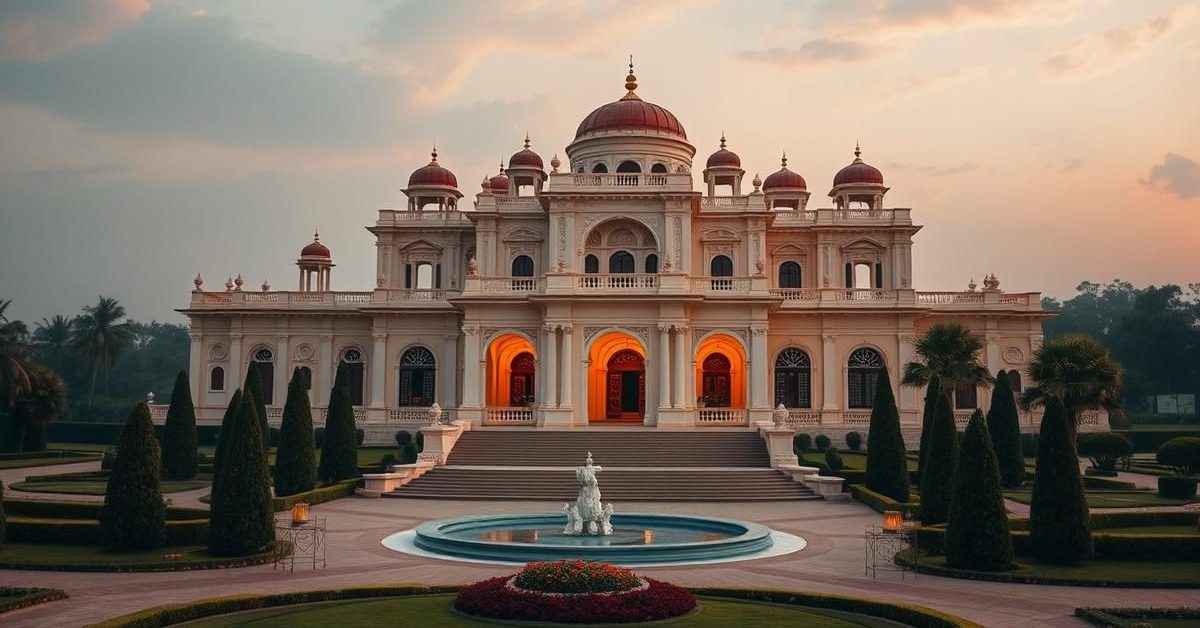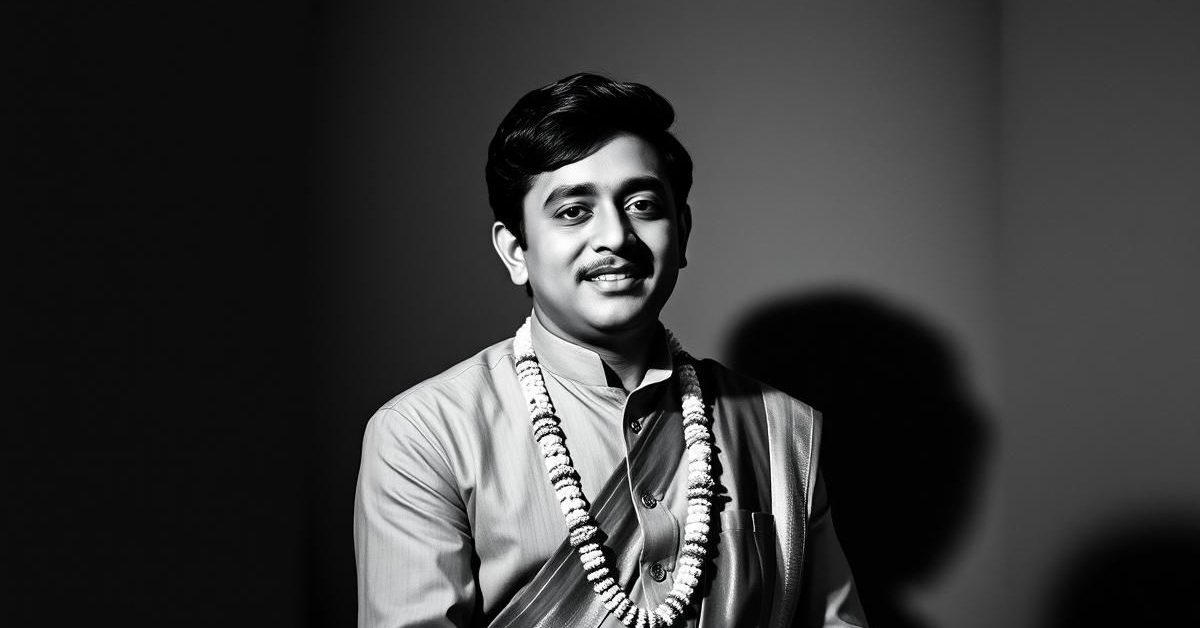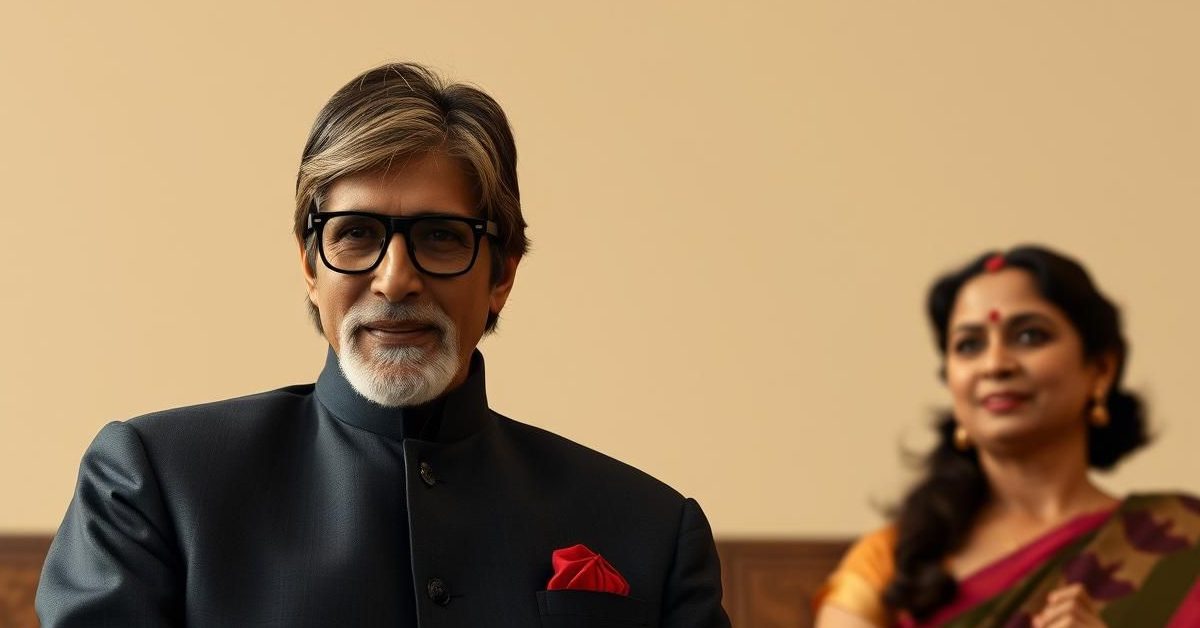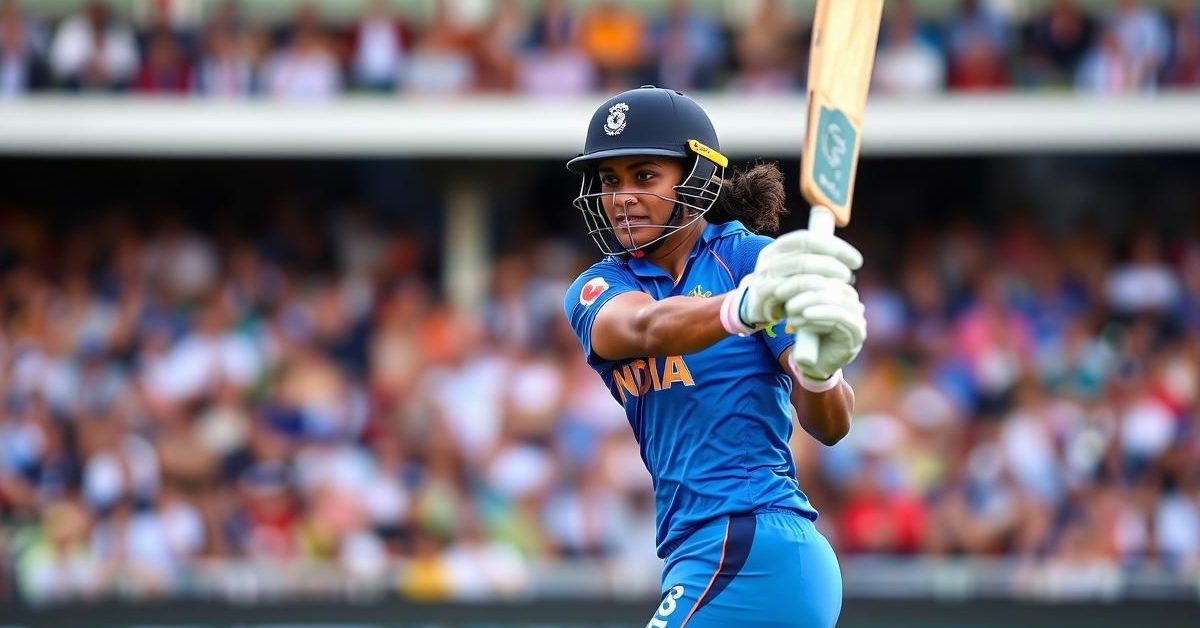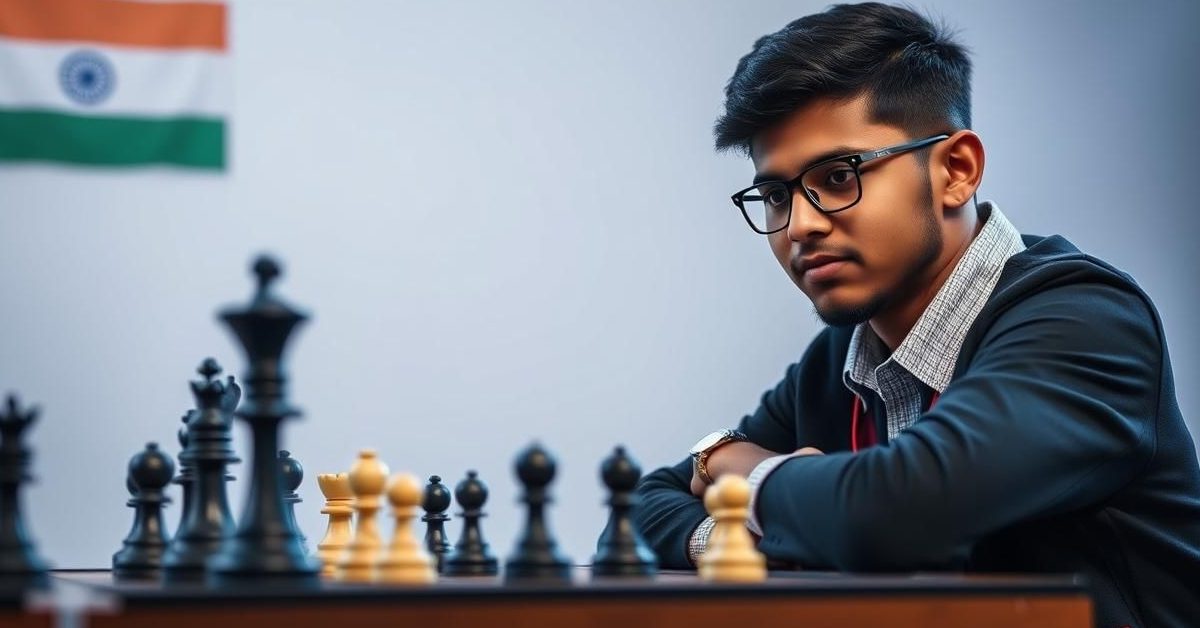The rhythmic ebb and flow of daily life can be deceptively fragile. For Raghavan Chakyar, an elderly man in a tranquil village, this rhythm was anchored by the anticipation of his son Raghu’s return. Each evening, he would take his customary seat at the bus stop, a quiet sentinel awaiting the familiar rumble of the approaching bus. Raghu, his younger son, was an engineering student in a distant town, and his promised visit was a beacon.
The Lingering Shadow of Absence in Piravi
Yet, the bus arrived, and Raghu did not. “Isn’t today the right day?” Raghavan would query his daughter, a hint of confusion clouding his gentle eyes as he walked back alone for the very first time. By the second day of Raghu’s absence, a neighbor offered a comforting, if hollow, assurance: “It is probably just a day’s delay.” The third day saw Raghavan at the bus stop again, this time in the morning, only to return once more to the quiet solitude of his home. Even the boatman, who faithfully ferried Raghavan across the river, couldn’t help but offer a tender chiding: “Did I not tell you the bus won’t come in the morning?” Slowly, meticulously, across its 110-minute runtime, Shaji N. Karun’s cinematic masterpiece, *Piravi* (1989), begins to sculpt a terrible, palpable absence – a person-shaped void at its very core.
A Director’s Vision Born from Collective Memory
Generally considered to be profoundly influenced by the infamous disappearance of P. Rajan, a bright student at the Regional Engineering College Calicut, during India’s Emergency period, *Piravi* marked the remarkable directorial debut of Shaji N. Karun. Already a celebrated cinematographer, renowned for his collaborative work with the esteemed auteur G. Aravindan (who also contributed to the film’s evocative score), Karun garnered immense critical acclaim for this poignant Malayalam film. Its artistic brilliance was recognized globally, earning the prestigious Mention D’Honneur – Camera D’Or at the 1989 Cannes Film Festival. While Karun himself maintained that *Piravi* was not directly inspired by any single event, asserting its broader commentary on the pervasive issue of custodial deaths, the striking parallels with the Rajan case are undeniable and deeply resonant.
Echoes of the Emergency: The Rajan Case and Its Legacy
*Piravi* is set in 1988, a full eleven years after the Emergency had officially concluded. However, the film powerfully mirrors the dogged, heart-wrenching quest undertaken by T.V. Eachara Warrier in 1976 to uncover the truth about his son, Rajan’s, fate. Warrier’s relentless legal battle ultimately brought to light the horrific reality of his son’s disappearance: wrongful arrest, brutal torture, and a tragic death in custody. This harrowing struggle culminated in one of India’s most significant habeas corpus cases, sending shockwaves through the political establishment. It famously led to the resignation of K. Karunakaran, then Chief Minister of Kerala, merely a month after he had spearheaded the Congress-led coalition to a landslide victory in the 1977 Assembly election.
Depicting the Undepictable: The Art of Absence
Karun, in *Piravi*, chose to delve not into the intricate legal or political machinations that defined Warrier’s nightmare, but rather into a profound artistic challenge: how does one visually depict absence? How does one portray a person who simply *isn’t there*? Raghu’s disappearance is an unfathomable void, and the film masterfully crafts itself around this vacuum, meticulously delineating the raw anxiety and suffocating grief of the bereaved family.
A Symphony of Silence: Sound and Visuals in Piravi
The film is a testament to cinematic ingenuity, tackling the visual and sonic complexities of portraying what’s missing. Much like Raghu, the monsoon rain announces its arrival – the wind howls, doors and windows slam, waves crash on the beach, and the afternoon sky darkens – yet the awaited downpour often disappoints, just as Raghu disappoints his father’s hopes. The very landscape of *Piravi* is suffused with sound, both human and natural: the gentle gurgling of the river, the soft susurrus of wind rustling through reeds, the rhythmic tick-tock of Raghavan’s wristwatch. Yet, it is the profound, aching silence of the one who never returned home that casts these sounds into sharp, poignant relief, making each small noise resonate with a piercing clarity.
Beyond Political Narratives: The Human Toll of Repression
Numerous films have explored the dark period between June 25, 1975, and March 21, 1977, with most focusing on the political machinations or overt stories of state repression. As its creator articulated, *Piravi* may not explicitly be “about” the Emergency, but few other cinematic works have so effectively, and so emotionally, examined the haunting question of what truly happens *after* an episode of state repression. What becomes of the ones left behind? Decades after T.V. Eachara Warrier trudged from pillar to post, desperately seeking truth and accountability for his son’s death, *Piravi* serves as a powerful, enduring reminder of countless other fathers and mothers, husbands and wives, forever haunted by the inexplicable disappearance of their loved ones. It’s a timeless testament to the devastating, silent ripple effect of state overreach on individual lives.
